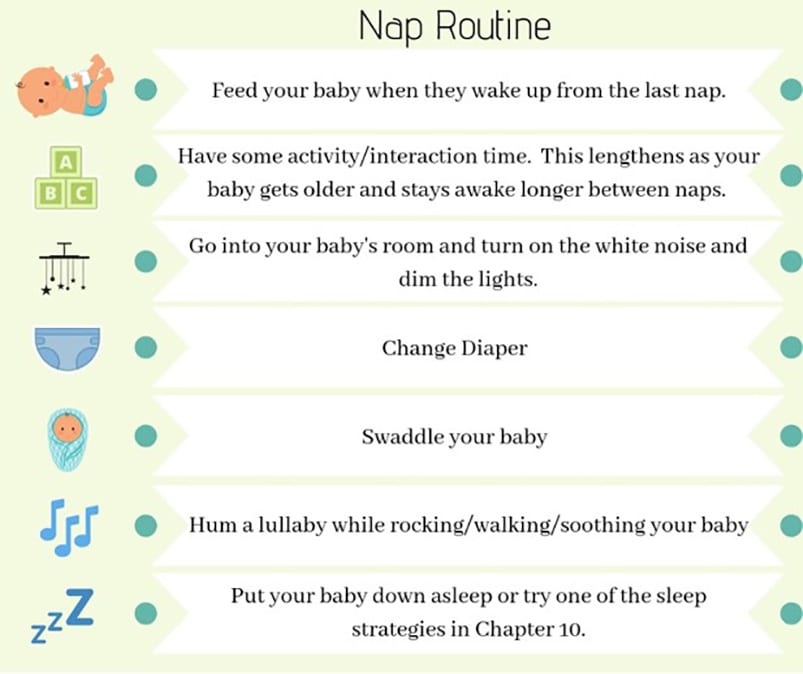
Consider the solids you serve at first as healthy supplements and a chance for your sweetie to explore new tastes and textures. How do I incorporate breastfeeding or bottle-feeding once I introduce solids?Įven though your baby is now slurping purées from a spoon (or, if you're trying a baby-led weaning approach, learning to gum at finger foods), the bulk of her nutrition will still come from breast milk or formula. Together, you can figure out what’s going on and make mealtime more enjoyable. Talk with the pediatrician if you suspect that your baby has a feeding issue, seems uncomfortable or unusually fussy after eating, or doesn’t seem to be gaining weight as she should be. Your new nosher has the ability to take in what her body is asking for.Īs long as you’re offering balanced options, she’ll likely get what she needs over the course of the day or week. Instead, focus simply on offering a variety of nutrient-rich foods in age-appropriate serving sizes and letting your little one take it from there. Try not to worry if your cutie’s appetite isn’t always exactly the same, or if what she chooses to eat doesn’t quite match up with the recommended servings.įorcing your baby to eat when she’s not interested isn’t fun for either of you, and over time, it can make it harder for her to tune in to her body’s natural hunger and fullness cues. It’s perfectly normal for your little eater to chow down one day (and even have seconds or thirds) and clamp her tiny mouth shut the next.

General serving size recommendations can be helpful, but remember that every baby is different.

1 to 4 tablespoons each of a fruit and vegetable once or twice a day 6 to 8 months:.1 to 4 tablespoons of cereal once or twice a day.24 to 36 ounces of formula or milk over 24 hours (or five to eight nursing sessions a day).While your baby's first meals may have consisted of a teaspoon or two of solid food, once she gets the hang of eating, you can use the following baby feeding chart as a general guideline: 4 to 6 months: Baby feeding chart: How much should I feed my baby in one sitting?Ī good rule of thumb when you're figuring out just how much to give your little one during each meal: Start small and work your way up. As your baby gets older and approaches toddlerhood, you can work up to three solid meals a day with a snack or two in between. Start with one meal a day, then move up to two (try one in the morning and one in the evening) for the next month or so.

Follow the cues and don't force feedings - you can always try again later. You'll quickly learn when your baby is interested in eating and when she isn't, which she'll show you by opening her mouth wide and willingly taking bites (or palming and gumming finger foods on her own) versus fussily turning her head away. On the other hand, babies who wake up bright-eyed and eager might be happy to sample solids for breakfast. If you're breastfeeding, you might offer solids when your milk supply is at its lowest (probably late afternoon or early evening).

There's no "perfect" time of day to feed your baby - it's whenever works for you. How often and at what times should I feed baby solids? Get answers to these questions, along with simple guidelines for setting up a general baby feeding schedule.


 0 kommentar(er)
0 kommentar(er)
